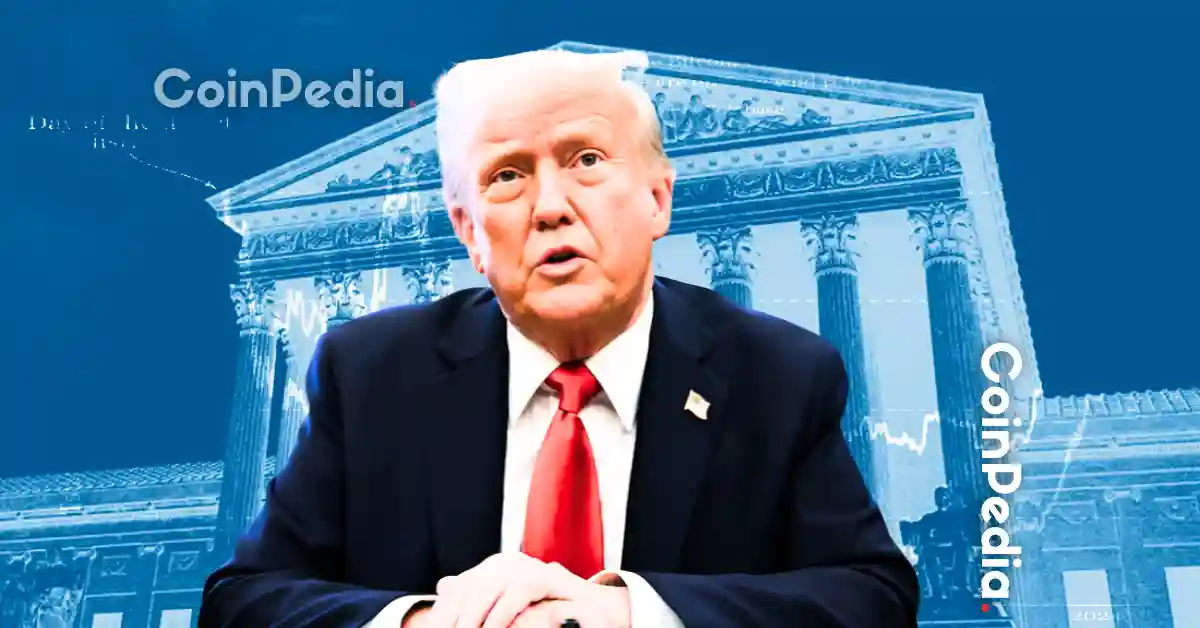
The world of cryptocurrency faced a seismic shift as over $534 million worth of positions were liquidated mere hours before a critical peace summit involving U.S. President Donald Trump, Ukrainian President Volodymyr Zelensky, and Russian President Vladimir Putin. The sudden sell-off sent shockwaves through the crypto community, erasing weeks of gains and reminding traders of the market’s inherent volatility.
What Happened? The Numbers Behind the Crash
Data from Coinglass, a leading crypto analytics platform, revealed that a total of 127,029 traders faced liquidations within a short period. Long positions were hit the hardest, losing approximately $448 million, while shorts accounted for another $86 million in losses.
Ethereum traders absorbed the brunt of the damage, with $211 million liquidated – nearly double the losses experienced by Bitcoin traders, who recorded a $111 million hit. Notably, Binance saw the largest single liquidation: a $4.03 million BTC/USDT long position vanished in a single trade. Despite these losses, Ethereum remains around $4,300, but its heavily leveraged positions make the market vulnerable to further breakdowns.
Geopolitics Meets Crypto: Market Reaction to Peace Talks
The looming peace negotiations involving Ukraine and Russia have tethered global markets to geopolitical uncertainties. While many anticipated that the talks could boost investor sentiment and lead to risk-on trading, the opposite occurred. Traders exited their positions ahead of critical headlines, fueling the sell-off.
Analysts also cite additional factors like persistent inflation pressures, diminishing hopes for Federal Reserve rate cuts, and profit-taking following a sustained summer rally. Although the peace talks served as a catalyst, these underlying conditions suggest the market was already poised for a correction.
Historical Patterns in Times of Crisis
Geopolitical tension is not new for the cryptocurrency market. For instance, during Russia’s invasion of Ukraine in February 2022, Bitcoin experienced an 8% slump within hours. However, shortly after, the market recovered dramatically, with Bitcoin rallying 27% above pre-war levels within a month. This rebound was fueled by a surge in demand for stablecoins like USDT and USDC in regions impacted by sanctions and currency restrictions, which eventually flowed back into Bitcoin.
This historical pattern of panic, adjustment, and recovery often defines cryptocurrency markets during geopolitical upheavals. Could this latest dip follow the same trajectory? Only time will tell.
Looking Ahead: Cryptocurrency as a Geopolitical Asset
The recent price movements reinforce the view of Bitcoin and other cryptocurrencies as geopolitical assets, increasingly tied to global events. Beyond traditional factors like mining activity and ETF decisions, future prices may hinge more on geopolitical negotiations and international policies.
If you’re a trader or investor looking to navigate these volatile markets, tools like the Ledger Hardware Wallet can provide enhanced security for your digital assets. By safeguarding your crypto off exchanges, you mitigate risks during periods of extreme market volatility. Explore the Ledger Wallet here.
In conclusion, the cryptocurrency market’s reaction to high-stakes geopolitical events underscores the continued interconnection between global affairs and digital currencies. As traders brace for more volatility, staying informed and prepared is more critical than ever.



